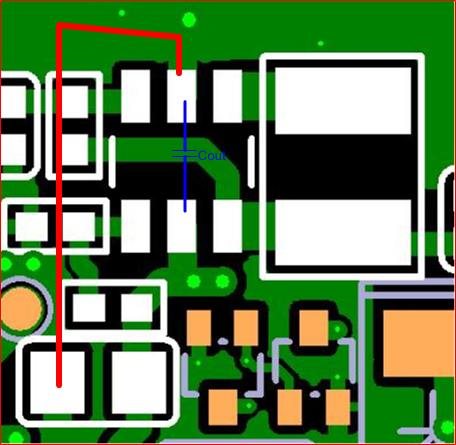We started testing the TPS61070 kit, added input capacitance of 100uF and output capacitance of 1000uF for battery operation. We found that below 2.4V it was not able to keep us the output voltage of 3.2V whenever transient loads were enabled (simulating radio circuit). Also with a 3.1V input from a power supply – it was not able to provide the 150mA output at 3.2V as indicated in the datasheet. Is there something we are doing wrong?
-Jason


